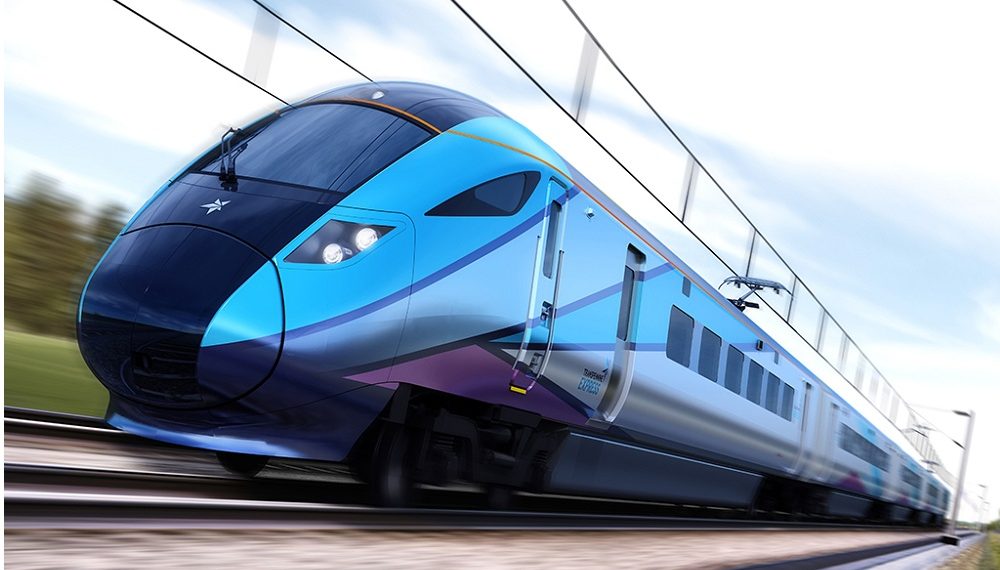Hitachi Rail has been awarded a contract to deliver the new Ontario Line rolling stock (trains), systems, operations and maintenance (RSSOM) package by Infrastructure Ontario and Metrolinx, as the leader of the Connect 6ix consortium. The $9bn CAD contract is the second major infrastructure project the global rail leader is delivering in Canada and will secure its presence in Toronto for the next 30 years.
The Ontario Line is a brand new 15.6-kilometre subway line that will create a high-frequency rapid transit service – with trains running as frequently as every 90 seconds – through the heart of Toronto. The new line will have the ability to move up to 30,000 people per hour in each direction and will be a major enhancement in public transit capacity and connectivity. The route will have 15 stations, eight of which will be underground and will extend from Exhibition/Ontario Place in the west to the Ontario Science Centre in in the east. In addition to creating new capacity, the program will also better connect the existing transit system, creating more 40 connections to other transit options, including GO Transit rail lines, existing TTC subway service on Line 1 and Line 2, and the future Line 5 (Eglinton Crosstown LRT).
As part of the agreement, the consortium Hitachi Rail and its partners will design and build the trains and install and integrate tracks and systems along the line, as well as maintain and operate the service for 30 years. The consortium will draw on Hitachi Rail’s extensive international experience delivering subway vehicles across the world to deliver a state-of-the-art fleet of autonomous trains. The trains will be packed with the latest technology and feature:
- onboard Wi-Fi;
- digital passenger information screens;
- charging points;
- dedicated spaces for bicycles;
- double wheelchair areas;
- continuous, connected carriages;
- heating and cooling throughout;
- doors that will open in sync with platform edge doors;
- regenerative braking.
Wi-Fi access, passenger information screens, and platform edge doors in all Ontario Line stations will also be delivered under this contract.
The trains will travel at speeds upwards of 80 kilometres per hour and will be powered entirely by electricity, offering passengers a greener way to travel across Toronto. The new line will reduce congestion and help protect the environment by removing up to 28,000 cars from the city’s roads each day.
The new subway will be able to achieve such a step-change in service levels because it will be fully autonomous and capable of offering higher levels of safety, reliability and capacity. Hitachi Rail’s world-leading digital train control systems will allow the fleet to run at high frequency – up to every 90 seconds – meaning passengers will never have to wait long for a train.
The line will be fitted with the latest communication-based train control (CBTC) technology that seamlessly connects tracks, trains and the control centre together – providing a perfect picture of every part of the subway system. Full automation and integration means that trains can safely run more closely together, as well as accelerating and braking more efficiently. To deliver the driverless system, Hitachi Rail will draw from its extensive international experience, which includes Denmark, Taiwan, Italy, Britain, China, Greece, India and the United States.
To make sure the trains run to a very high standard, Hitachi Rail and Transdev will establish a new purpose-built digital control centre and maintenance and storage facility, which will create hundreds of permanent jobs. The Connect 6ix project team are also going to recruit people to deliver the program, with recruitment beginning immediately, ahead of construction starting in 2023. In total, 800 jobs are expected to be created.
Andrew Barr, Group CEO, Hitachi Rail said: “As a world leader in autonomous metro systems, we’re hugely excited to help transform Toronto’s transit network by delivering the new Ontario Line.
“This will be the second major program that we’ll be bring our digital expertise and engineering excellence to deliver in Canada, after the Hurontario the light rail transit project. Our role delivering maintenance and operations for the next 30 years will see us having a lasting presence in Toronto for a generation to come.”


































